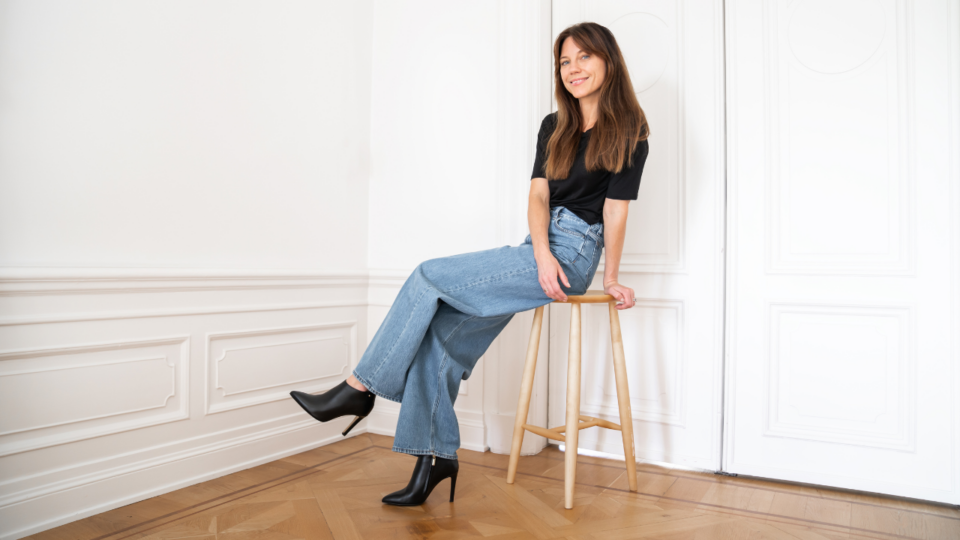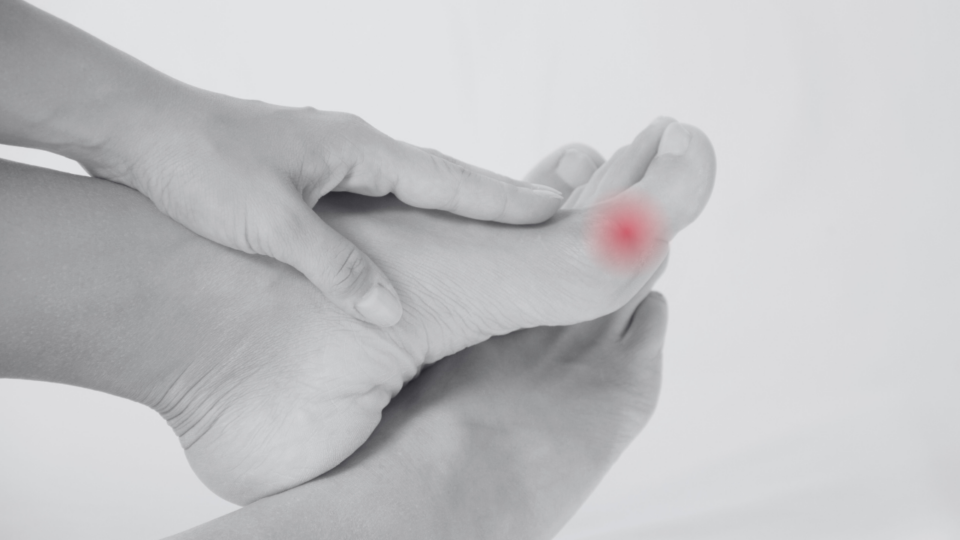Our orthopedic specialists have created stylish shoes with built-in orthopedic insoles for anyone looking to avoid overload injuries or ease pain in the feet, knees, legs, hips, and back.
A new approach to supporting your feet and body
Pain and discomfort aren’t always limited to your feet and ankles. If you’ve experienced discomfort while standing, walking, or moving during daily activities, it could be related to how your body is built or how weight is distributed. If these issues are linked to foot arch support or improper load distribution, our patented products are designed to offer relief and support.
We aim to support people’s well-being through orthopedic shoes and insoles.
Our team of orthopedic technicians has studied foot shapes and movement patterns from around the world to create insoles designed to suit most feet.
We have developed and patented two unique orthopedic systems, the 3-Step System for heeled shoes and the 5-Bar System for flats and sports shoes, which form the foundation of our insoles and shoes.
Our designers carefully select high-quality materials and craft each shoe model around these orthopedic insoles.

